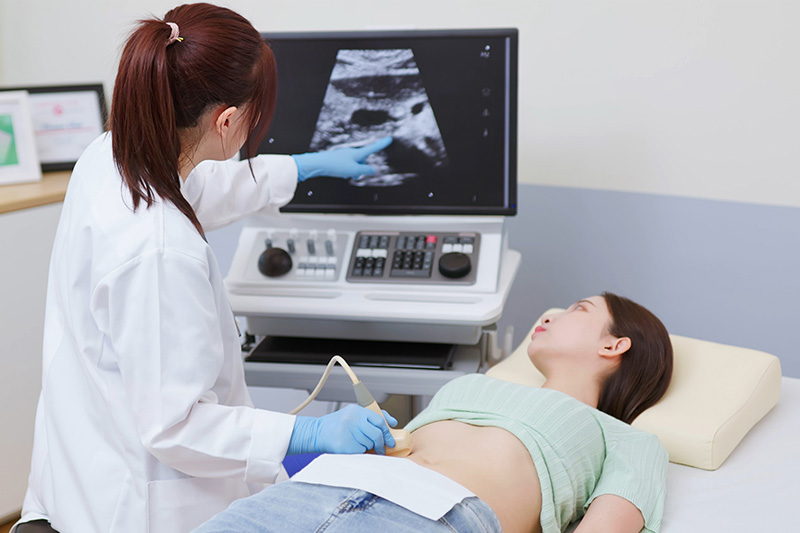Research shows differences in prenatal care use in Arkansas
Pregnant women who are able to see a health care provider early and often enough tend to experience better outcomes — for themselves and their newborns. In Arkansas, maternal and infant death rates are higher than in the rest of the nation. Researchers from the Arkansas CEAL Regional Team examined whether women’s belonging to a specific group had an effect on their use of prenatal care.
“Adequate care” means receiving 80% of the recommended 12 to 14 in-person prenatal visits over a pregnancy and starting care within the first four months of pregnancy. Looking at data from birth records from 2014 to 2022, the study team found that certain factors, such as demographics, impacted women’s ability to receive adequate prenatal care.
“Early and adequate prenatal care is associated with better maternal and infant outcomes. This research can inform health care providers…as Arkansas seeks to improve maternal and infant health outcomes by improving the utilization of prenatal care.” Preventive Medicine Reports, January 2025
For example, women with births covered by Medicaid had fewer prenatal visits and were more likely to start care later in pregnancy. They were also more likely to have had fewer than the recommended number of visits. Compared to white mothers, Native Hawaiian or Pacific Islander mothers had about half the number of visits and were four times more likely to have no prenatal care at all. In terms of urban-rural differences, those in rural areas were more likely to start care later and reported fewer prenatal visits.
The authors state that these findings point to potentially promising next steps, such as increasing the use of community health workers and doulas. A better understanding of prenatal care use can inform the efforts of those looking to improve the health of mothers and babies in Arkansas.
For more synopses of CEAL research, please subscribe to the CEAL Research Roundup.

Last updated: August 14, 2025